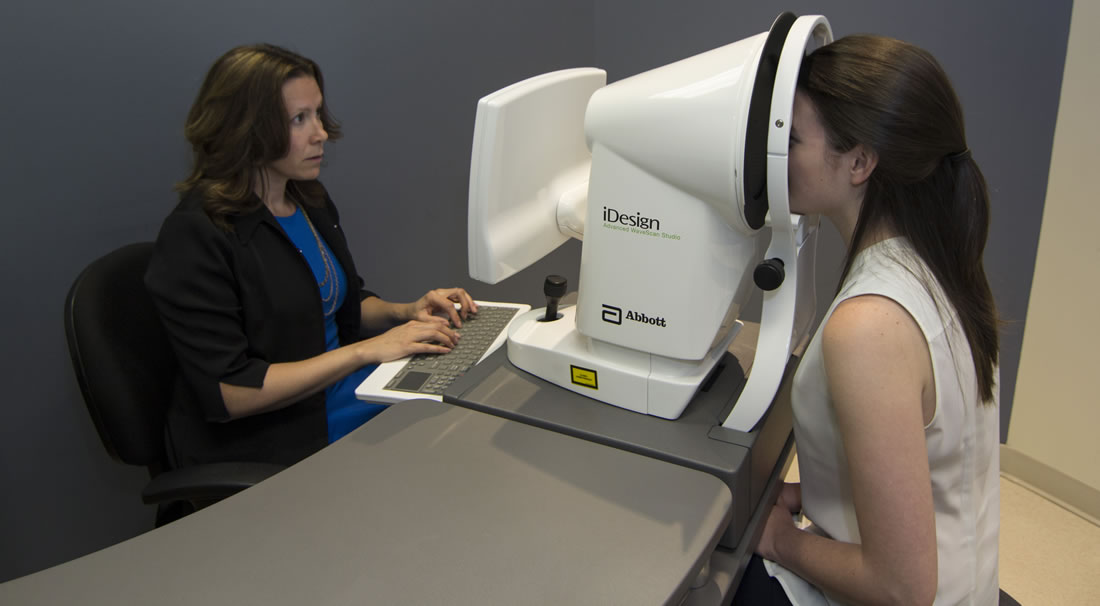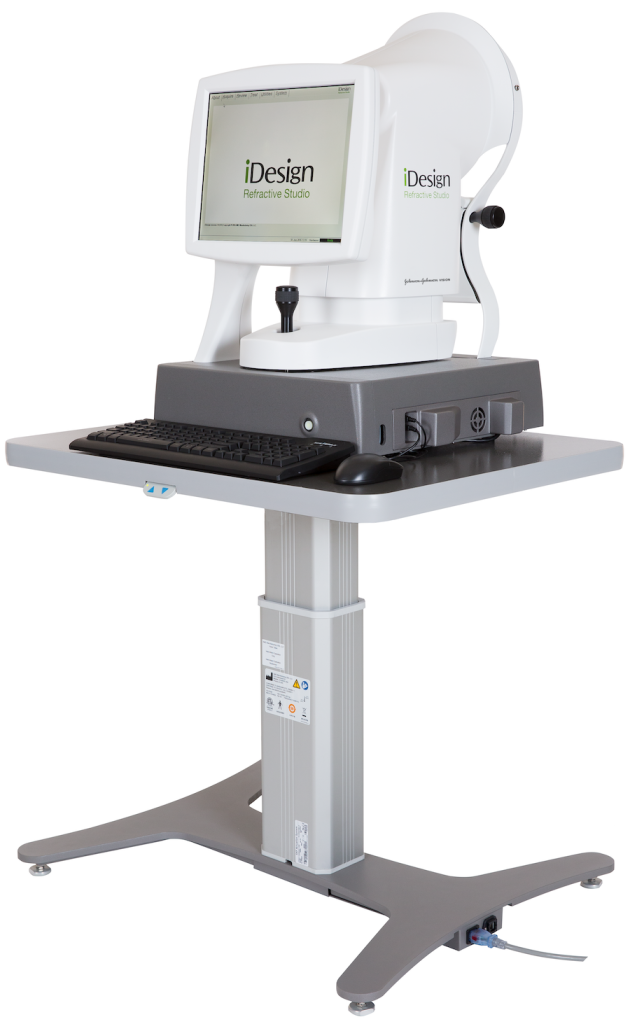Procedures & Surgeons
Wavefront Technology
Treats the following conditions:
- Farsightedness
- Nearsightedness
- Astigmatism
- Higher-Order Aberrations

Intralase SBK Procedure w/ Wavefront LVC
Treats the following conditions:
- Farsightedness
- Nearsightedness
- Astigmatism
- Higher-Order Aberrations
The success of Intralase SBK which uses a Femtosecond laser lies in the fact that it removes an extremely thin layer of epithelium, Bowman’s membrane, and superficial stroma. The procedure is done with a cool-beam laser, which allows the surgeon to maintain the corneal integrity, resulting in a safe procedure with a quick visual recovery.
The ultra-thin nature of the membrane and maintenance of corneal integrity means that Intralase SBK is a safe procedure compared to Lasik with a microkeratome. It is “a quick and painless surgery that combines the safety of PRK* with the quick recovery time of LASIK surgery,” reports LasikSurgeon.com.
After SBK surgery, patients report fewer cases of dry eyes compared to LASIK. Eyes were less sensitive to light and the chances for serious complications were considerably diminished.
PRK w/ Wavefront
Treats the following conditions:
- Farsightedness
- Nearsightedness
- Astigmatism
- Higher-Order Aberrations
Monovision
Treats the following conditions:
- Loss of Accommodation
Refractive Lens Exchange Procedure (RLE)
Treats the following conditions:
- Farsightedness
- Nearsightedness
- Astigmatism
- Presbyopia
RLE is a surgical procedure that involves the removal of the clear natural crystalline lens to correct vision issues such as nearsightedness and farsightedness. It is performed in the same way as a cataract operation, during which the eye’s natural lens is removed and replaced by a new plastic lens. The eye’s refractive error is corrected.

